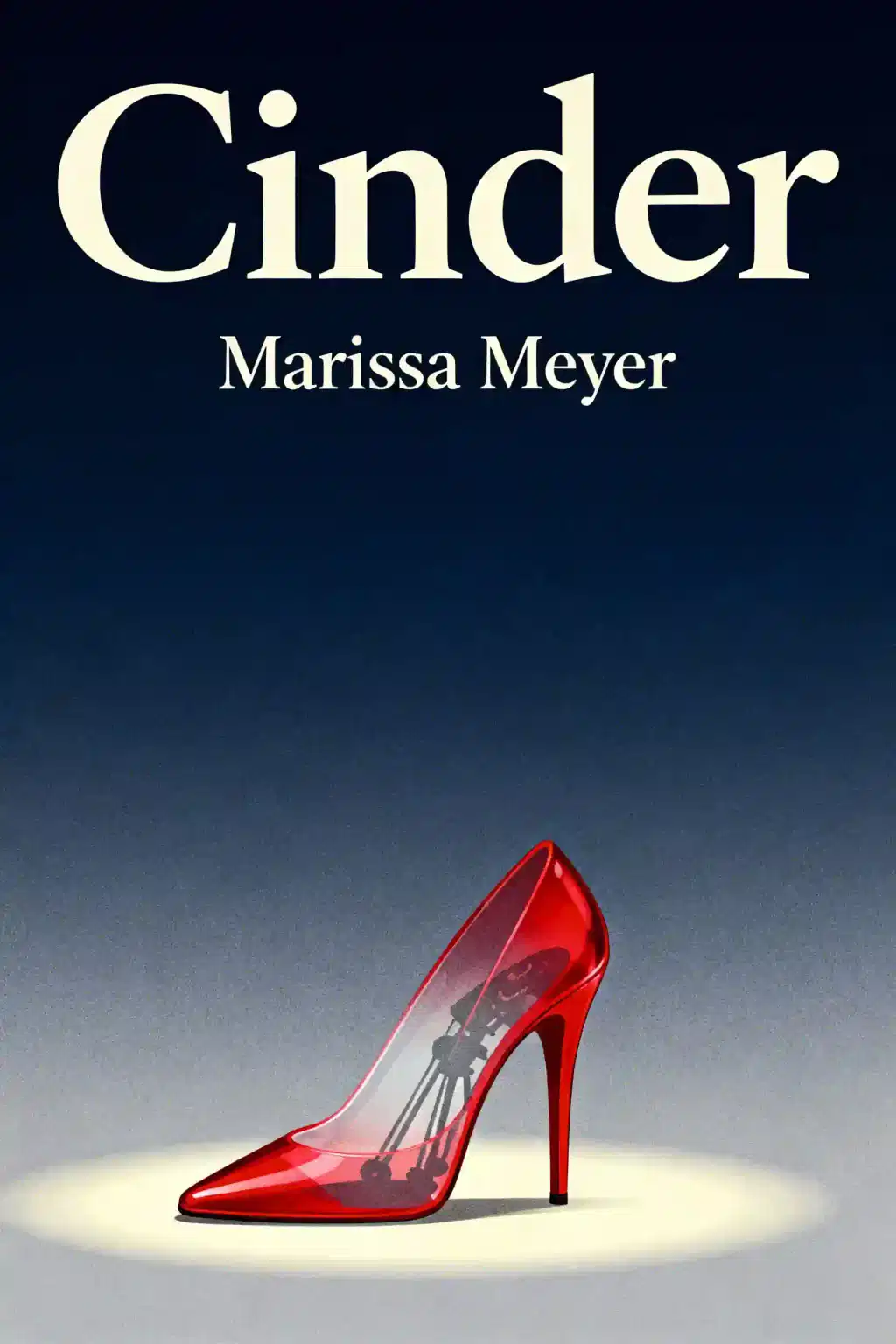What is
The Cinderella Complex by Colette Dowling about?
The Cinderella Complex explores women’s psychological barriers to independence, arguing that societal conditioning fosters a subconscious reliance on others for emotional and financial security. Colette Dowling blends personal anecdotes, case studies, and feminist theory to dissect how fear of autonomy limits women’s potential. The book became a cultural phenomenon in the 1980s for challenging traditional gender roles and sparking conversations about self-sufficiency.
Who should read
The Cinderella Complex?
This book is ideal for readers interested in feminist psychology, gender studies, or self-help literature. It resonates with women navigating career transitions, relationship dynamics, or personal growth. Critics and supporters alike recommend it for its provocative insights into societal expectations, though its 1980s context may require modern readers to contextualize some arguments.
What are the main concepts in
The Cinderella Complex?
Key ideas include:
- Hidden Fear of Independence: The unconscious belief that dependence on men guarantees safety.
- Social Conditioning: How upbringing and cultural norms reinforce passive behavior in women.
- Self-Sabotage: Patterns of avoiding success or responsibility to maintain dependency.
What famous quotes come from
The Cinderella Complex?
Notable lines include:
- “We have only one real shot at liberation, and that is to emancipate ourselves from within.”
- “Women absorb blame as if they were born to be society’s doormats.”
These quotes highlight Dowling’s focus on internalized barriers and societal accountability.
How does
The Cinderella Complex critique traditional gender roles?
Dowling argues that patriarchal systems reward women for passivity, creating a “glass ceiling” of self-doubt. She critiques marriage and motherhood as institutions that perpetuate dependency, urging women to confront ingrained fears of autonomy. The book’s analysis of gendered socialization remains a cornerstone of its thesis.
What criticisms exist about
The Cinderella Complex?
Critics argue the book oversimplifies women’s experiences, overlooks intersectional factors like race and class, and relies heavily on middle-class perspectives. Some note contradictions in Dowling’s own life choices, such as financial struggles later revealed in interviews.
How does
The Cinderella Complex compare to
The Feminine Mystique?
Both books address systemic oppression of women but differ in focus: Betty Friedan emphasizes societal structures, while Dowling prioritizes psychological barriers. The Cinderella Complex is often seen as a successor, extending Friedan’s ideas to interpersonal dynamics and self-perception.
Can
The Cinderella Complex help with career challenges?
Yes. Dowling’s framework helps readers identify self-sabotaging behaviors like avoiding promotions or downplaying achievements. By addressing fear of success, the book offers strategies to build confidence and assertiveness in professional settings.
Why is
The Cinderella Complex still relevant today?
While some examples feel dated, its core themes—like internalized dependence and societal expectations—remain pertinent. Modern readers apply its insights to discussions about work-life balance, emotional labor, and gender equality in relationships.
What are actionable takeaways from
The Cinderella Complex?
- Acknowledge Dependency: Identify areas where fear of independence influences decisions.
- Challenge Conditioning: Actively question societal messages about femininity.
- Build Autonomy: Pursue financial and emotional self-reliance through incremental goals.
How does Colette Dowling’s background influence
The Cinderella Complex?
As a psychotherapist and feminist writer, Dowling drew from clinical cases and 1970s–80s feminist movements. Her later work in psychoanalysis and addiction informed the book’s focus on subconscious behaviors and self-sabotage.
Are there modern books similar to
The Cinderella Complex?
Fans may enjoy Lean In by Sheryl Sandberg (workplace empowerment) or Untamed by Glennon Doyle (self-liberation). These updates reframe Dowling’s ideas for contemporary audiences, emphasizing intersectionality and systemic change.














